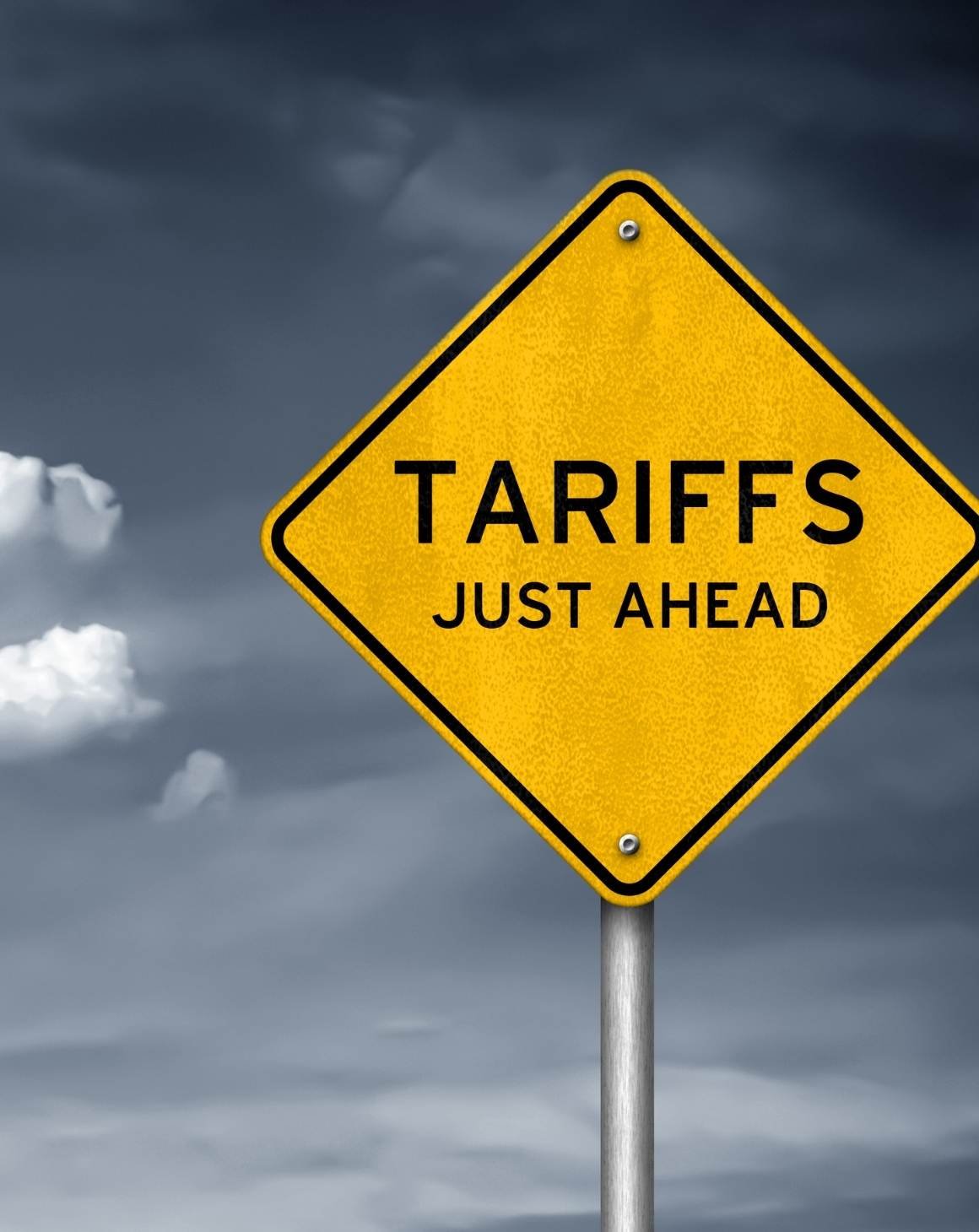As we work with brands on comprehensive brand protection, there seems to be a common and important theme that pops up consistently: Where’s the beef? Let me explain.
The fact that the brand is deteriorating online with grey market sellers, MAP (minimum advertised price) violations, intellectual property infringement, and other issues is obvious and understood when we sync up with the brand. We’ll call this the “top” of the bun. The methods of enforcement are generally no shock either. Like a nice sesame seed bun, they are typically present and straightforward. Everyone is familiar with MAP monitoring platforms, seller notifications, and legal letters meant to scare off bad actors. While there are more and less effective ways of supplementing and carrying out these efforts, collectively they are the “bottom” of the bun.
But as Wendy’s so famously taught us to ask, “Where’s the beef?” The meat of any effective online brand protection approach is the enforcement foundation and sits, of course, in the middle. While we are always available to talk with you through the in’s and out’s of each of these five steps explained below, we’ll briefly address here this common brand-protection misstep that forgets, or at least skimps on, the beef! In addition to obtaining your brand’s intellectual property rights, this five-step process to establish the footing from which your brand can launch enforcement is essential.
5 steps to creating an effective enforcement foundation for your brand
Step 1: Strategize
Take stock of your brand’s current distribution strategy. Which channels are profitable? Which channels cause the most headaches? Are there channels that may be out-of-date? We recommend working with an experienced partner in assessing the retail landscape for your brand. The fast-paced world of eCommerce presents problems and solutions before many companies are even prepared to engage. Taking a moment to assess and refine your current strategy is an important first step.
Step 2: Set effective policies
In general, this key, second step really boils down to establishing an authorized reseller program that has teeth.
We’ve worked with brands on creating and implementing effective programs, and they typically share common characteristics. Thinking of the program as our raw ground beef, here a few salient spices to work in:
- Reseller Policy - An effective policy has several key components that we have identified. It also incorporates the two agreements listed below.
- Distributor Agreement - This explains the requirements to be a brand distributor and the ramifications of violating the agreement.
- Online Seller Agreement - This is pretty self-explanatory… but we’ll explain it anyway. The agreement further funnels your brand’s channel management by gating who may and may not sell online. Clarifying who should and should not be on certain marketplaces is extremely helpful.
Step 3: Separate your products from the pack (maybe literally)
Again, there is a mountain of background information to the how’s and why’s of differentiating your products from grey market items out there, but for our purposes here, we’ll touch on a few high-level points. The first sale doctrine is the legal principle upon which most grey market and unauthorized Amazon sellers hang their hat. The only problem with this hat stand is that it has a few holes.
These holes, manifested in the form of court-sanctioned product differentiation methods, have proved helpful on our efforts to bolster brands’ enforcement foundations in this area. Often the differentiation methods are characteristics or processes already in place for your company. Simply connecting the dots to formalize the differences will go a long way.
Step 4: Secure your MAP policy
While this ingredient is the most scrutinized and widely discussed part of the beef, we find it is also often the easiest one to add. For that reason, while it can be done at any time throughout this foundation-setting process, we like to wait until the end of the process to finalize the brand’s MAP policy. While MAP may be the well-known “oregano” of any US brand-protection beef patty, it is virtually a non-factor in Europe. Oh the joys of managing international commerce. But have no fear. Navigating this discrepancy and implementing successful MAP strategies is more than manageable by understanding several well-established principles.
A good start is to remember your policy must address only advertised prices and needs to be unilateral. If you’d like assistance, connect with a brand protection partner and dive deeper into the creation of a proper MAP policy together.
Step 5: School your team
While steps 1-4 are helpful and necessary, they become a house of cards if only your department manager knows why or even that they are in place. This is why we offer team training and education as part of our A-Z solutions package. As wonderful as it is that eCom Manager Smith or VP of Sales Johnson knows the recipe, without the men and women “in the kitchen” having a solid grasp of both the reasons for the programs/policies and the proper usage of such, your brand could easily find itself right back where it started.
Next time you find yourself looking for a solution to your online brand protection, don’t forget to ask “Where’s the beef?”. Let us help you "beef up" your brand protection online. With our years of experience, your brand will see reduced grey market competition and the opportunity for sustainable growth.








.png)
.png)
